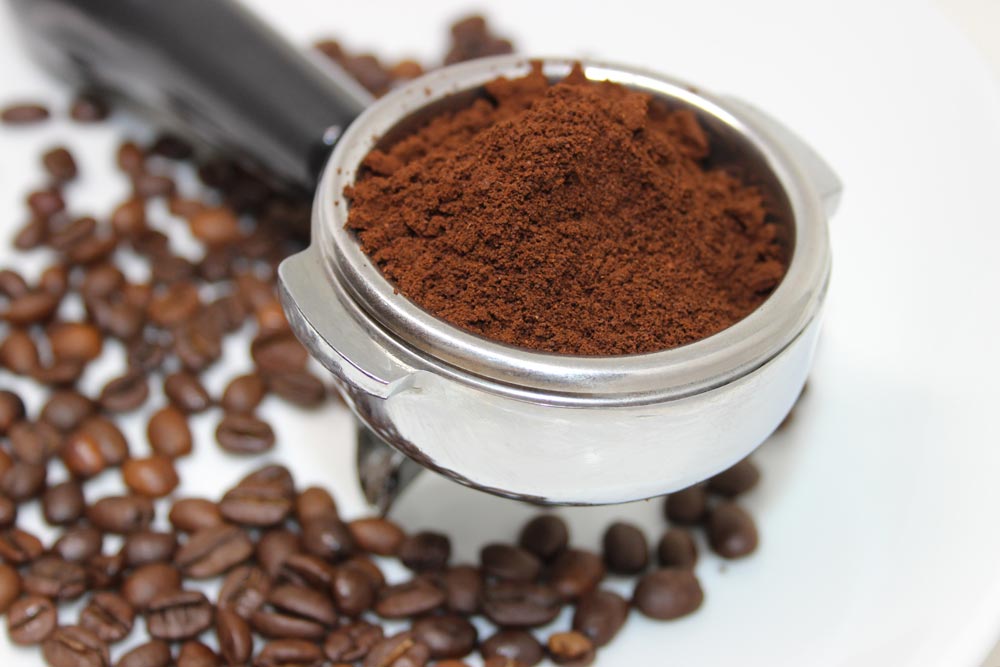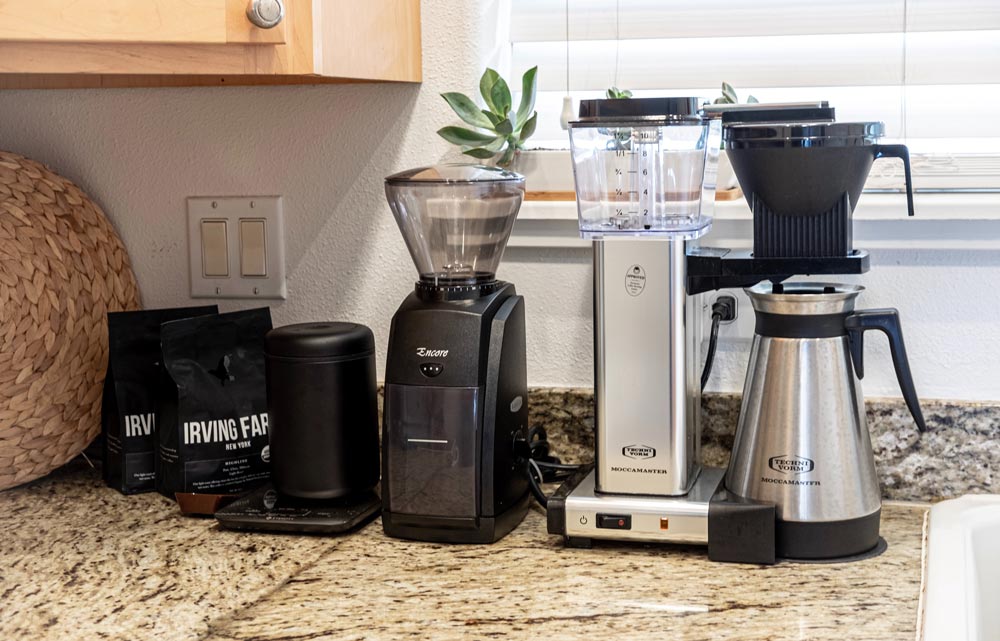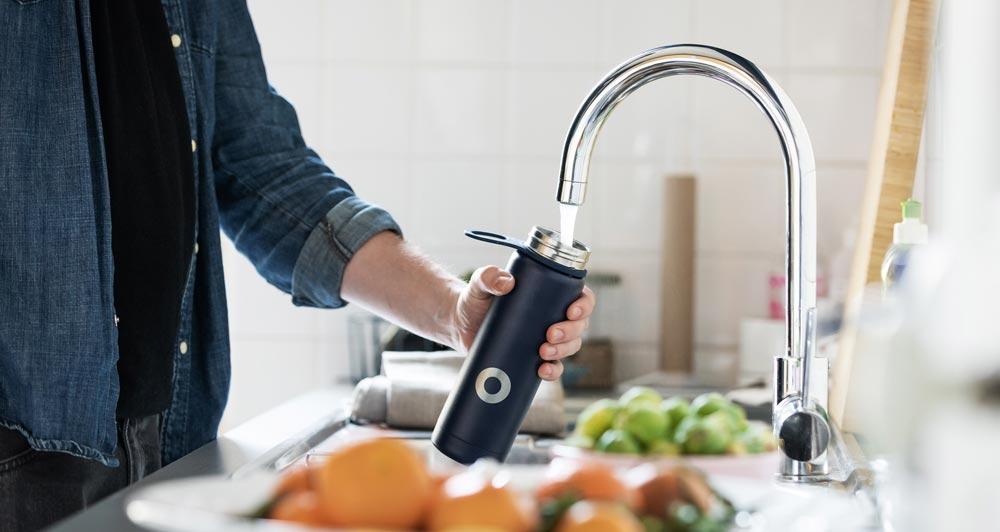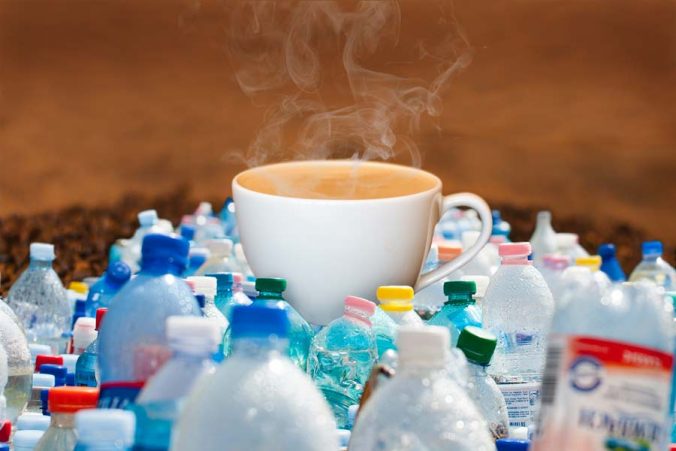Sometimes I drink coffee at home and think it is a little off compared to when I purchase a specialized cup at a great coffee shop. Perhaps it is just psychological because I want to believe that something made at home can’t possibly taste as good anyway and then just deal with it.
However, there may be a legit reason why your coffee made at home tastes off. Let’s dive into all the ways that could be making your coffee taste like plastic or just weird in general. A coffee made at home can most certainly be up to par with the outside world.
There are a lot of factors that could contribute to the funky taste, but really it comes down to 3 major categories.
- Coffee Beans / Gounds
- Machinery used
- Your water source
Let’s look at each case and you can judge for yourself what your cause may be.
Coffee Beans / Grounds

Let’s first look at the coffee itself you are using and start asking yourself these simple questions:
Has the coffee been purchased recently?
This may seem obvious but perhaps you are using coffee that has been sitting around for a while. If it has not been properly stored, it can very well dry out and go stale.
Is the coffee properly stored?
Depending on how the coffee was stored, if not properly sealed, mold may be growing if it has been in a damp place.
An important factor to consider when deciding what to store your coffee grounds in should be that the container needs to be a bit durable. Don’t store in a paper bag on the shelf in your pantry. It is easy pickings for vermin such as mice, rats or insects to pass through the bag and try to enjoy the coffee for themselves too. A sturdy plastic container or a glass jar with a solid lid will do the trick to fend them off.
The container itself must be clean and wash it out from time to time with hot water before putting new grounds in it.
You could try doing a smell teste of your container to see if the smell is similar to the funky taste you are experiencing.
Purchased from a reliable source
Even if your coffee was recently purchased, the store itself may have incorrectly stored the product. Perhaps it sat in the back room somewhere in the corner for an extended period of time and it was put back on the shelf to not waste inventory.
Ensure your coffee is purchased from a store which is well frequented and the product is constantly being replenished.
Machinery Used

There are so many different ways of making coffee at home. From expensive machines to a simple drip coffee maker to an aeropress to using a grinder and into a french press.
It is important to take a look at whichever equipment you are using. Take it apart where you can and inspect for mold, discoloration, mineral deposits and all around cleanliness.
Follow machine cleaning instructions
The machines that are more involved will come with cleaning instructions, if you are like me then when you take it out of the box perhaps you ditch the manual and start pressing buttons to figure it out. Many times that’s fine, but if you aren’t getting the results you want then give that manual a read and ensure you are covered.
Some machines need special products you need to purchase in order to properly flush out the system. If you have been using a workaround then this may be the time to invest in the official product.
New Machines may need a couple flush cycles
Brand new coffee machines will most likely need to run a few times before you can really judge the intended quality. The first time the plastic components get heated up, it will produce off gassing and permeate into your beans or coffee being brewed.
If you find that after 3-5 cycles it still tastes off, try doing a mixture of vinegar and water through the machine. Flush that out a couple times with clean water and then try again, it should give the inner components a good natural cleaning.
Deep clean your parts
As you do coffee everyday, sometimes people develop shortcuts to the process, especially with cleaning. Perhaps parts are just rinsed instead of giving a good wash. Leftover oils can build up and taint your coffee.
If you are using a less advance machine such as a french press, aeropress or even a traditional drip coffee machine with the pot. Try first doing a deep cleaning on all the little edges and hard to reach cracks. Then place the appropriate parts in the dishwasher and give them a good rinse afterward.
Properly clean your grinder
If you are using a grinder, these machines tend to build up quite a bit. Check with the manual for proper instructions for cleaning the grinders.
Quality of the plastic used in your machine
Not all machines and their parts are created equal. Spending less on your coffee machine may be a clue that the manufacturer has used a lesser grade plastic. Or just much more plastic generally.
These lesser quality plastics will degrade faster over time. You might not notice the taste difference at first but perhaps by the time you notice it then it has gotten really bad. Consuming such plastic derivatives is harmful for the human body.
This is why there was such a push recently in the water bottle market to offer BPA free products. It is no different with the plastic parts that operate your coffee machine. Even if your coffee pot is glass or stainless steel, there may be other plastic components at play most likely.
Question your coffee filters
If you are using disposable coffee filters, inspect that they are stored in a dry secluded space away from anything giving off odors.
For example if the box of coffee filters is next to a toaster oven, the heat and food aromas emanating from it may contaminate the filters themselves (especially if things get occasionally burnt). This is also true for anything scented such as candles or incense.
Check your coffee cup!
It may seem even too simple or obvious, but it may be the cup you are drinking your coffee from that is causing the problem. Make sure you try a totally different cup altogether before you get too deep into trying to resolve something with the machine.
Your water source

If your water supply is tainted then there is no way any fresher beans or really fancy all metal coffee machine is going to make it better.
Try drinking a glass of water
Try drinking just your tap water as is and see if there is a similar taste from your suspect coffee. Then compare that taste to what you get from bottled water.
Do a pot with bottled water
Get yourself a larger bottle of water and make a pot of coffee with it. Like the tap water mentioned above, do a taste test to see if there is any difference.
Run some tests on your tap water
You can do a test at home on the quality of your water, these test strips are sold in hardware stores but may be a little hard to find so make sure to ask. This is a good opportunity to see what kind of levels you are getting compared to what the approved standard is.
Be careful of the water test kits they more obviously offer, they are ‘free’ kits that just come with a small plastic tub where you mail in a sample of your water. This is a scam because a company will ultimately come to your door and try to sell you a very expensive filtering system. It is questionable if they even actually test your water.
Wait out the heavy rains
If there has been a sudden high surge of rainfall recently, the extra flood of rain will push the treatment plant to perhaps do extra treatments on the water. This will certainly affect the taste. Waiting a few days after might be all it takes to solve the problem.
So you have a water source problem, what can you do?
A lot of people have sub-standard water coming out their taps. Either coming from the city’s water source or maybe even caused by old plumbing in the house. Rest assured, there are solutions you can take.
The easiest and cheapest solution could be to get yourself a Brita filter that comes in a pitcher format. Very popular product that many people use, you keep it on your counter and fill it up whenever necessary. You can even keep it in the fridge for cold water.
Ultimately to improve the quality of your water would be to install a filtration unit under the sink which connects directly to your water line. Water passes through the filter so your tap water is safe. The Woder 10K-Gen3-CA Ultra is a great little unit that does just that.
The best course of action is going with a reverse osmosis filtration system. This is the kind of set up a company will want to sell you at a very high price. However you can get the same thing on Amazon and install it yourself for significantly less than what they would charge you. The iSpring RCC7 High Capacity Under Sink 5-Stage Reverse Osmosis Drinking Water Filtration System has been getting constantly good reviews.


Leave a Reply